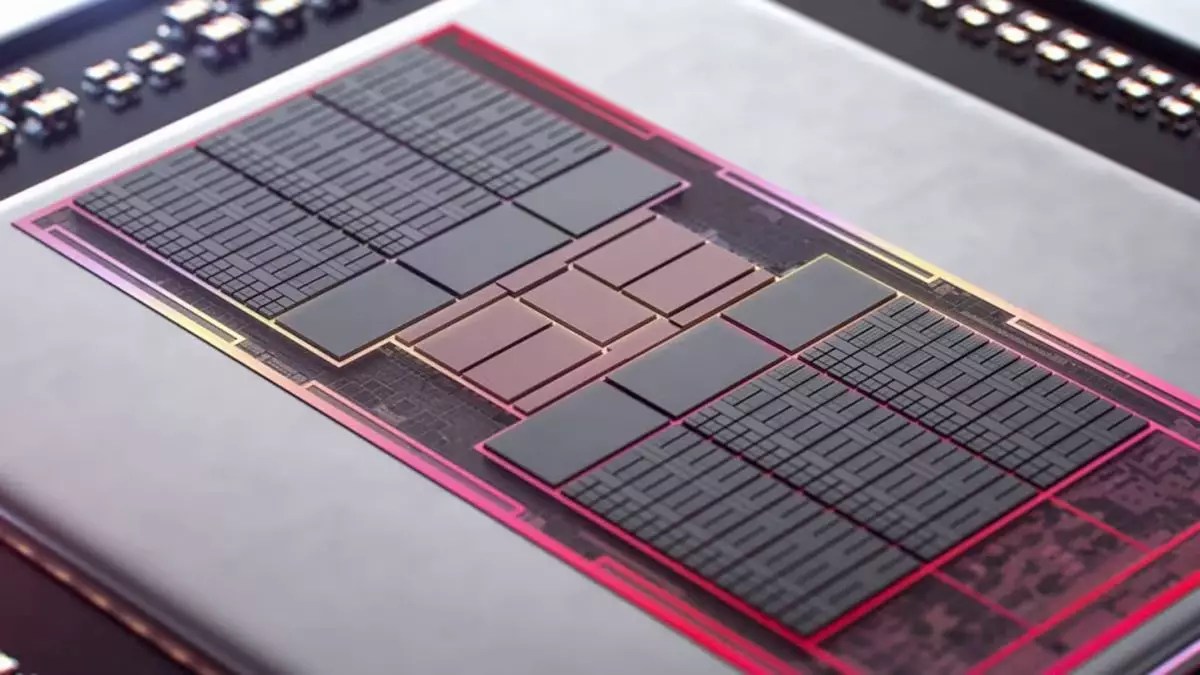A recent leak has shed light on the upcoming changes that AMD is planning to implement in its next-gen RDNA 4 GPU architecture, particularly focusing on ray tracing improvements. While the leak suggests some promising updates that could enhance the performance of ray tracing, there are also hints that a major overhaul of the ray tracing units may not be on the horizon.
Double Intersect Ray Tracing Engine
One of the key features mentioned in the leak is the ‘Double Intersect Ray Tracing Engine,’ which could potentially bring significant improvements to ray tracing performance. This could mean either doubling the number of RT units in RDNA 4 or enabling them to process twice as many ray-triangle intersection calculations. While the specific details remain unclear, the ultimate goal is to enhance the overall ray tracing experience on AMD GPUs.
In addition to the improvements in ray-triangle intersection calculations, AMD is also focusing on optimizing the traversal through BVH acceleration structures. This process is crucial for efficient ray tracing performance and places a high demand on the GPU’s cache system. While the leak mentions some optimizations in this area, the absence of information on using an ASIC for speeding up BVH traversals raises questions about the magnitude of these improvements.
Potential Challenges
One of the challenges highlighted in the leak is the absence of dedicated traversal units in AMD GPUs, unlike Nvidia’s ray tracing units that include independent ray-triangle intersection engines and BVH traversal circuits. This could potentially impact the overall performance of ray tracing, especially on lower-tier AMD GPUs where the lack of dedicated units may become more noticeable.
As the leak suggests, most of the ray tracing updates will likely be used in the PlayStation 5 Pro, hinting at potential advancements in console gaming. The mention of supporting BVH8 in the PS5 Pro’s GPU indicates a significant leap from previous architectures, potentially aligning with the ‘Double Intersect Ray Tracing Engine’ feature in RDNA 4. While these updates hold promise for improved ray tracing capabilities, the actual impact on gaming performance remains to be seen.
With Intel and Nvidia also gearing up to launch their next-generation GPUs around the same time as AMD’s RDNA 4 release, the competition in the GPU market is set to intensify. Nvidia, in particular, will be introducing its fourth iteration of RTX technology, further advancing the capabilities of ray tracing. As ray tracing becomes an integral part of gaming visuals, AMD will need to deliver significant enhancements to ensure its GPUs can compete with the offerings from its rivals.
The leaked details about AMD’s plans for ray tracing in the RDNA 4 architecture indicate both exciting possibilities and potential challenges. While the ‘Double Intersect Ray Tracing Engine’ and optimizations for BVH traversals hold promise for improved performance, the absence of dedicated traversal units raises concerns about the overall efficiency of ray tracing on AMD GPUs. As the gaming landscape continues to evolve with the growing importance of ray tracing, AMD will need to address these challenges and deliver a competitive solution to stay relevant in the market.


Leave a Reply